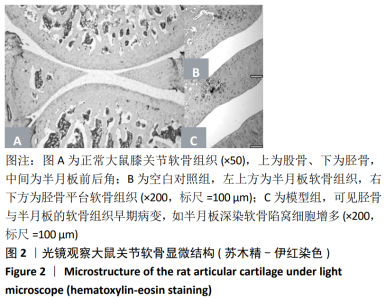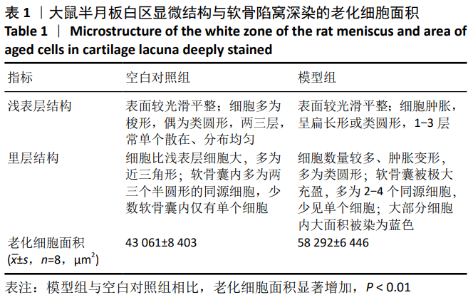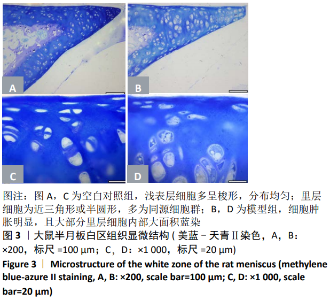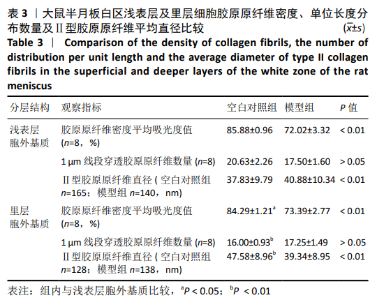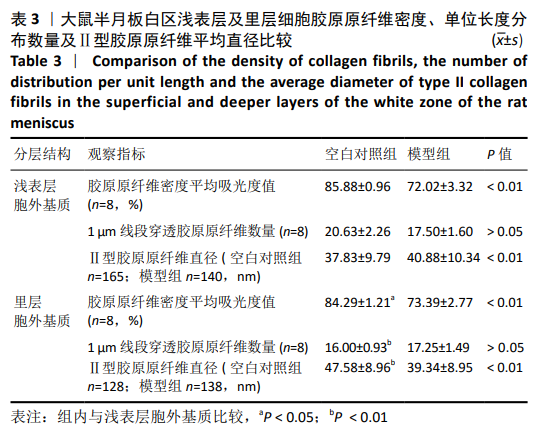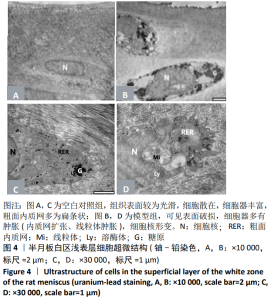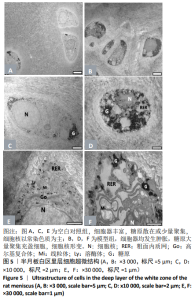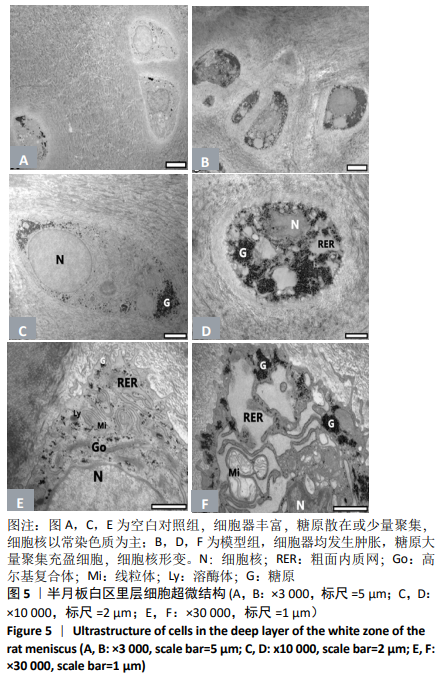[1] CHEN SN, HUANG YM, CHEN WL, et al. Protective effects of the Tougu Xiaotong capsule on morphology and osteoprotegerin / nuclear factor-κB ligand expression in rabbits with knee osteoarthritis.Mol Med Rep. 2016;13(1): 419-425.
[2] 冯芳芳,林如辉,陈文列,等. 透骨消痛颗粒对兔骨关节炎模型作用的超微结构研究[J].中国骨与关节杂志, 2016,5(2):129-133.
[3] TAN CJ, ZHANG JH, CHEN WL, et al. Inflammatory cytokines via up-regulation of aquaporins deteriorated the pathogenesis of early osteoarthritis. PLoS One.2019;14(8):e0220846.
[4] 黄云梅,陈文列,刘献祥,等.透骨消痛颗粒对骨性关节炎影响的组织化学研究[J].中国中医骨伤科杂志,2011,19(1):1-3.
[5] ZHANG JH, CHEN SN, CHEN WL, et al. Ultrastructural change of the subchondral bone increases the severity of cartilage damage in osteoporotic osteoarthritis of the knee in rabbits.Pathol Res Pract. 2018;214(1): 38-43.
[6] WU GW, ZHANG JH, CHEN WL, et al. Tougu Xiaotong capsule exerts a therapeutic effect on knee osteoarthritis by regulating subchondral bone remodeling.Mol Med Rep.2019;19(3):1858-1866.
[7] 吴广文, 陈俊, 叶锦霞, 等. 透骨消痛胶囊含药血清对膝骨关节炎关节滑膜细胞uPA系统及炎性因子的影响[J]. 中国组织工程研究, 2015, 19(37):6005-6009.
[8] MICKIEWICZ P, BINKOWSKI M, BURSIG H, et al. Preservation and sterilization methods of the meniscal allografts:literature review.Cell Tissue Bank.2014;15(3):307-317.
[9] WEBER J, KOCH M, ANGELE P, et al. The role of meniscal repair for prevention of early onset of osteoarthritis.J Exp Orthop.2018;5(1): 10.
[10] 李国军,李康华,朱勇,等. 兔前交叉韧带断裂后外侧半月板的组织学退变[J].中国组织工程研究与临床康复, 2009,13(20): 3873-3876.
[11] BATTISTELLI M, FAVERO M, BURINI D, et al. Morphological and ultrastructural analysis of normal, injured and osteoarthritic human knee menisci.Eur J Histochem.2019;63(1): 17-23.
[12] GHADIALLY FN, LALONDE JM, WEDGE JH. Ultrastructure of normal and torn menisci of the human knee joint. J Anat.1983;136(4):773-791.
[13] 柴本甫,汤雪明.早期半月板破裂的超微结构变化[J].中华创伤杂志,1992,8(2): 89-92,127.
[14] 王松,张孟丽,沈霖,等.墨汁注射到不同月龄兔膝关节腔后半月板的电镜及光镜研究[J].四川解剖学杂志, 2007,15(3): 17-20.
[15] VAQUERO J, FORRIOL F. Meniscus tear surgery and meniscus replacement.Muscles Ligaments Tendons J.2016;6(1):71-89.
[16] 卢小冬,林如辉,陈文列,等.透骨消痛胶囊对早期骨关节炎软骨细胞超微结构与软骨基质的影响[J].康复学报,2017,27(2): 33-39.
[17] 付长龙,林洁,赵忠胜,等.电针抑制Ras/Raf/MEK1/2/ERK1/2信号通路介导骨关节炎软骨超微结构退变[J]. 中国组织工程研究, 2017,21(32): 5134-5139.
[18] MANKIN HJ, DORFMAN H, LIPPIELLO L, et al. Biochemical and metabolic abnormalities in articular cartilage from osteo-arthritic human hips. II. Correlation of morphology with biochemical and metabolic data.J Bone Joint Surg Am.1971;53(3):523-537.
[19] LONG DE, VILLASANTE TAG, WISE JN, et al. A guide for using NIH Image J for single slice cross-sectional area and composition analysis of the thigh from computed tomography.PloS one.2019;14(2):e0211629
[20] TAN GK, COOPER-WHITE JJ. Interactions of meniscal cells with extracellular matrix molecules: towards the generation of tissue engineered menisci.Cell Adh Migr.2011;5(3): 220-226.
[21] ATAY OA, PEKMEZCI M, DORAL MN, et al. Discoid meniscus: an ultrastructural study with transmission electron microscopy.Am J Sports Med.2007;35(3): 475-478.
[22] SWEIGART MA, ATHANASIOU KA. Toward tissue engineering of the knee meniscus.Tissue Eng.2001;7(2):111-129.
[23] HYDE G, BOOT-HANDFORD RP, WALLIS GA. Col2a1 lineage tracing reveals that the meniscus of the knee joint has a complex cellular origin. J Anat.2008;213(5):531-538.
[24] 段文秀,汪宗保,张浩,等.木瓜蛋白酶诱导早期膝骨关节炎模型大鼠软骨超微结构的动态变化[J].中国组织工程研究,2015,19(18): 2789-2793.
[25] 马睿.兔胫骨延长对膝关节软骨超微结构的影响[D].天津:天津医科大学, 2012.
[26] JOSEPH G B, BAUM T, ALIZAI H, et al. Baseline mean and heterogeneity of MR cartilage T2 are associated with morphologic degeneration of cartilage, meniscus, and bone marrow over 3 years-data from the Osteoarthritis Initiative.Osteoarthritis cartilage.2012;20(7):727-735.
[27] PUJOL N, TARDY N, BOISRENOULT P, et al. Magnetic Resonance Imaging is not suitable for interpretation of meniscal status ten years after arthroscopic repair.Int Orthop.2013;37(12):2371-2376.
[28] STONE AV, LOESER RF, VANDERMAN KS, et al. Pro-inflammatory stimulation of meniscus cells increases production of matrix metalloproteinases and additional catabolic factors involved in osteoarthritis pathogenesis. Osteoarthritis Cartilage.2014;22(2): 264-274.
[29] WU GW,HUANG YM,CHEN WL,et al.Tougu Xiaotong capsule exerts a therapeutic effect by improving knee meniscus in the early osteoarthritis rat model.Exp Ther Med.2020;19(6):3641-3649. |
